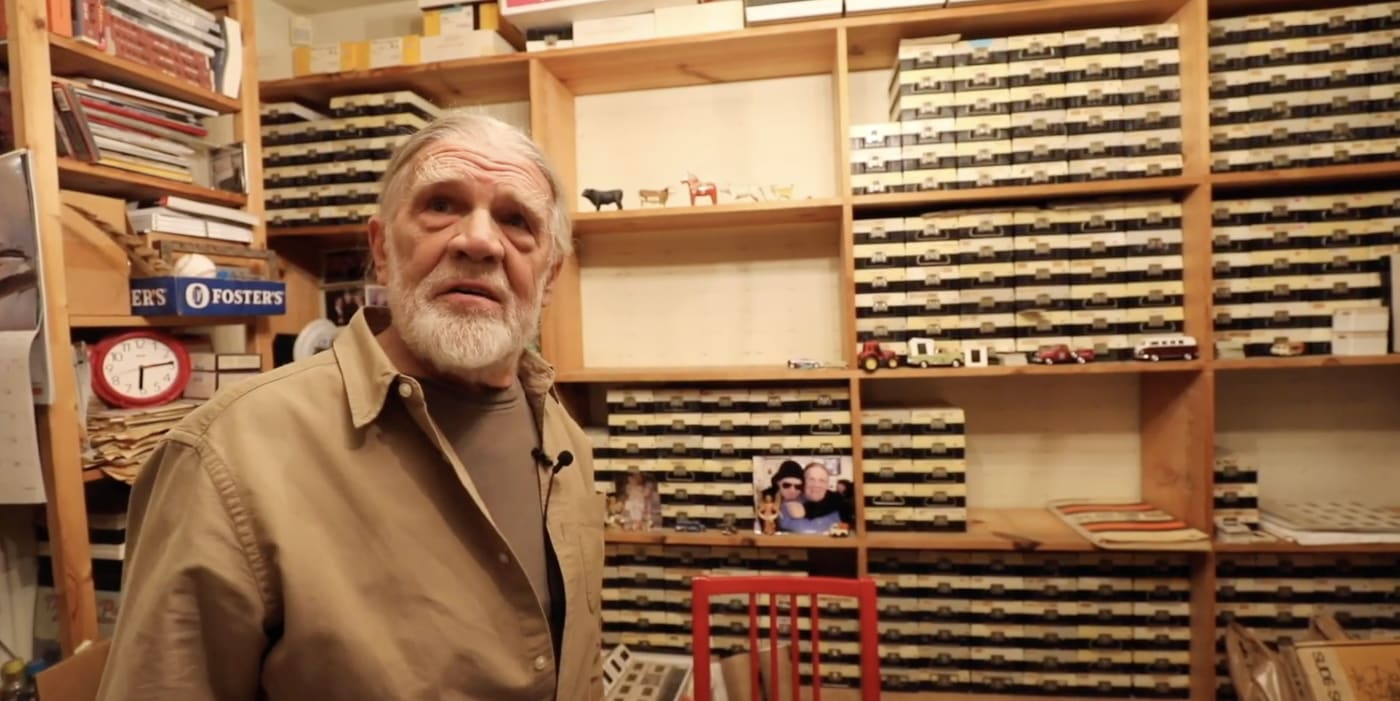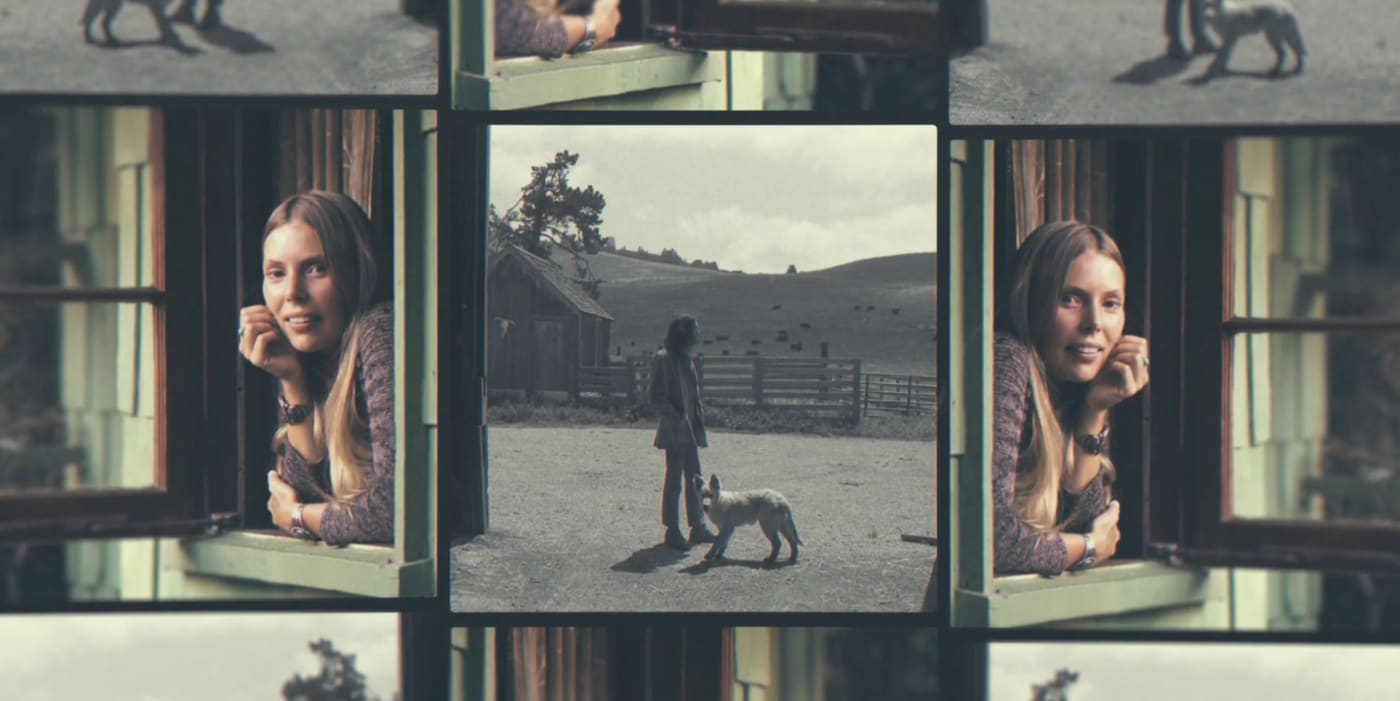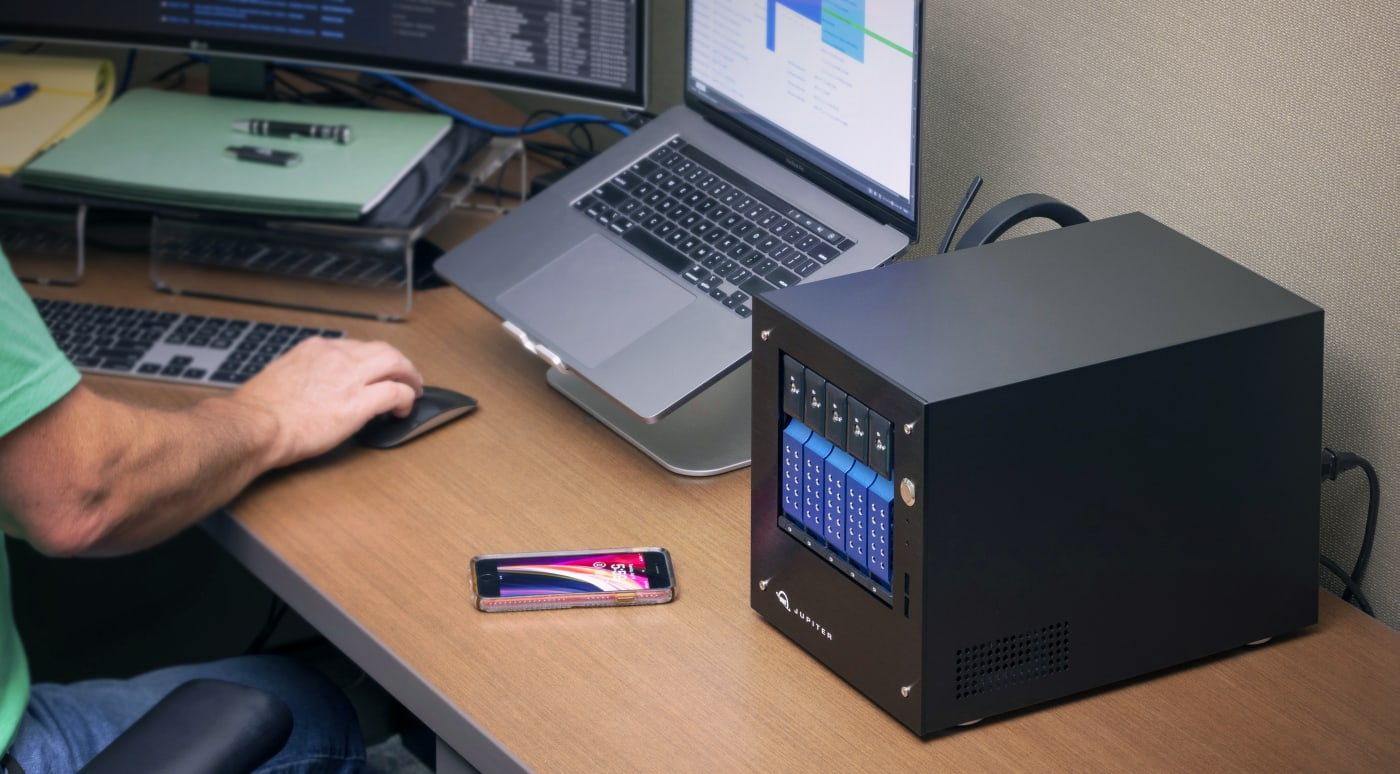Precious Materials: How OWC Enabled the Preservation of 120,000 Iconic Images of Photographic Legacy and Rock ’n Roll History
Henry Diltz has photographed some of the biggest rock stars in history at pivotal moments of their career. Here's how OWC made possible the effort to preserve more than 120,000 iconic images.
Wayne Grayson • Feb 12, 2024

There are rock stars and then there’s Henry Diltz.
Bob Dylan, Paul McCartney, Jimi Hendrix, Jim Morrison, Joni Mitchell, David Crosby—Diltz has captured iconic images of them all. This legendary rock photographer’s prolific work has preserved countless invaluable moments in time.
“When Henry took a lot of these photos no one knew they were going to be famous, no one knew they were going to be iconic,” says Brian Vincik. “These were just people living their lives. He caught the essence of the moment, the people, the time. And that’s what’s so special and unique about these images.”
Knowing the value of his work, Hiltz kept all of his images close. “These are all friends of mine,” Hiltz says while looking at his collection of rock history. “I only have interesting friends,” he adds with a smile. Over the years, more than 120,000 slides accumulated inside the photographer’s home, filling trays and shelf space.
After Vincik, who works for Securematics in Carlsbad, California, formed a friendship with Diltz and saw the sheer amount of history, vulnerable and gathering dust on those shelves, he decided to help Diltz preserve it all.
The test of time

Vincik knew it would be quite the undertaking.
“We wanted to preserve the images in a resolution that would stand the test of time,” he says. And to do that, they would need a massive amount of fast and secure storage.
So, Vincik called OWC. Understanding the importance of this project, OWC Founder and CEO Larry O’Connor made the trek to California to view the images and person. “This is insane, the historical value of everything here,” O’Connor remembers thinking. “The opportunity to get involved and digitize this stuff is priceless.”
From there O’Connor assisted Vincik in devising a system for scanning in the massive inventory of historic images.
“When you pick a drive, you want to make sure you have the right support from the manufacturer. Larry was there from the beginning,” Vincik says.

The setup
The process called for a dozen scanners, each connected to an iMac provided by OWC. Once scanned, the images were saved to an OWC Jupiter Callisto, a rack-mounted enterprise-grade Network Attached Storage (NAS) device.

“The reason we used the Jupiter Callisto was its robust size and the ability to put a lot of terabytes into it,” Vincik says. And because there were so many photos to scan—and because Vincik would be scanning all 120,000 by himself—he needed a storage solution that would be abl to keep up with every scanner working and sending photos to storage simultaneously for long periods of time.

Jupiter Callisto has support for 8 or 16 drive bays with two10GbE ports built in and the option of adding 40/100GbE. It allows for up to 100 or more simultaneous connected users and can support expanded storage of up to 2.5 petabytes. (2,500 TB)
Because of Jupiter Callisto’s massive amount of available storage and speed, it was the perfect solution for keeping up with the dozen scanners archiving high resolution images simultaneously.

After cataloguing every tray of photos sent from Diltz’s home, Vincik loaded up a tray of 50 slides into each scanning station before setting each to scan simultaneously. As the images were scanned, each priceless photo was sent safely for storage onto the Jupiter Callisto.
And because Jupiter Callisto has three redundant power supplies, Vincik could rest easy that nothing would interrupt each massive scanning run.
“As you can imagine, you don’t want to redo these. It’s very time consuming,” Vincik says.

Pulling off the impossible
Once the herculean task of scanning all of the images was complete, Vincik consolidated the full archival scan onto a series of Jupiter Minis. The Jupiter Mini is a compact powerhouse, packing a high-capacity 10GbE NAS into a desktop storage solution.
The Jupiter Mini’s compact size allowed for Vincik to create multiple redundant backups for Diltz’s priceless collection, including one that will live in Diltz’s studio. “It’s just the perfect choice,” Vincik says of the Jupiter Mini.

All told, even with 12 scanners running simultaneously, the project to archive Diltz’s collection took 6 months to complete.
Vincik says he was honored to have the opportunity to preserve not only Diltz’s legacy, but also the incredible images he created so that future generations can enjoy them and understand the legendary artists within their frames a little better.
“All those elements will never ever be recreated,” Vincik says. “It was nearly impossible to get all the elements together, but we pulled it off.
“The OWC equipment has been flawless. We couldn’t have done the project without it.”
Other topics you might like
Check Out These Fun Wooden 1:1 Scale Replicas of Your Favorite Nikon Cameras
Updated on Nov 18, 2025
 USA + International
USA + International OWC Canda
OWC Canda OWC Europe
OWC Europe


